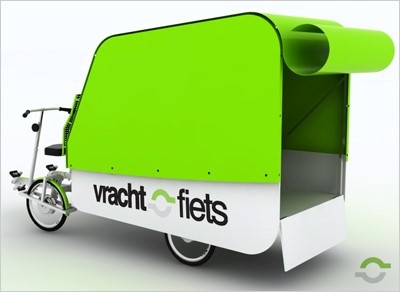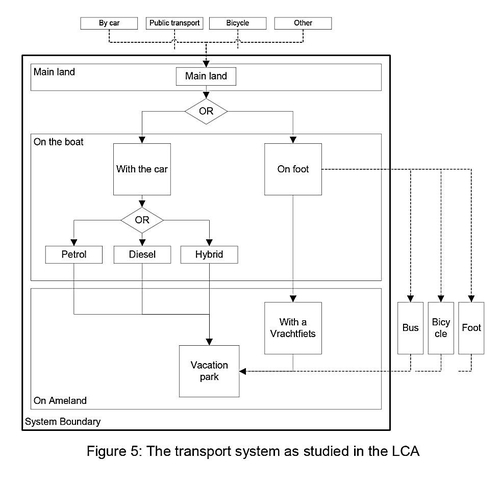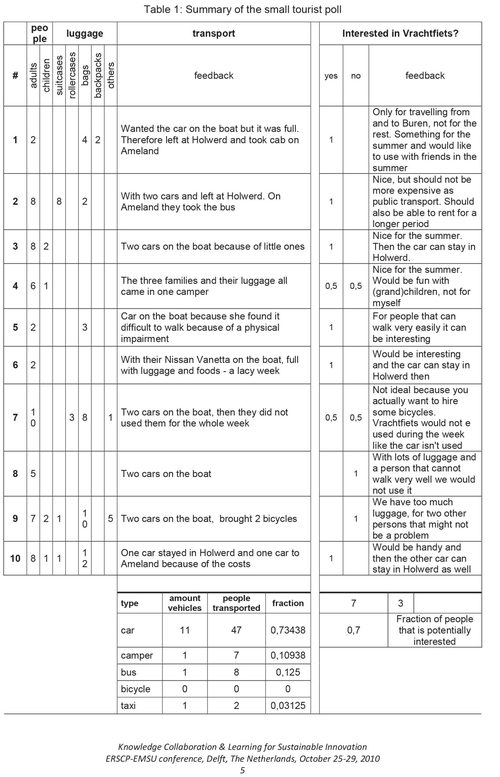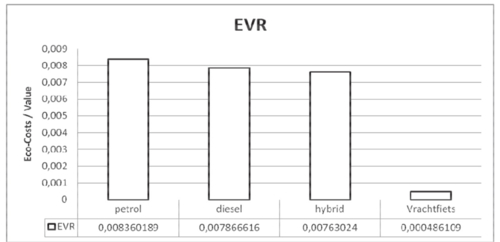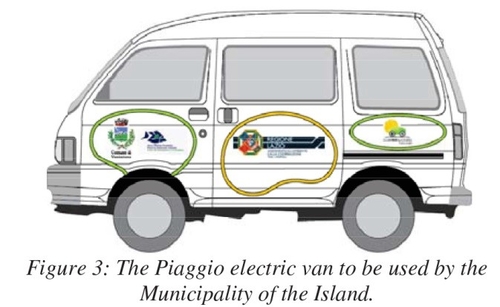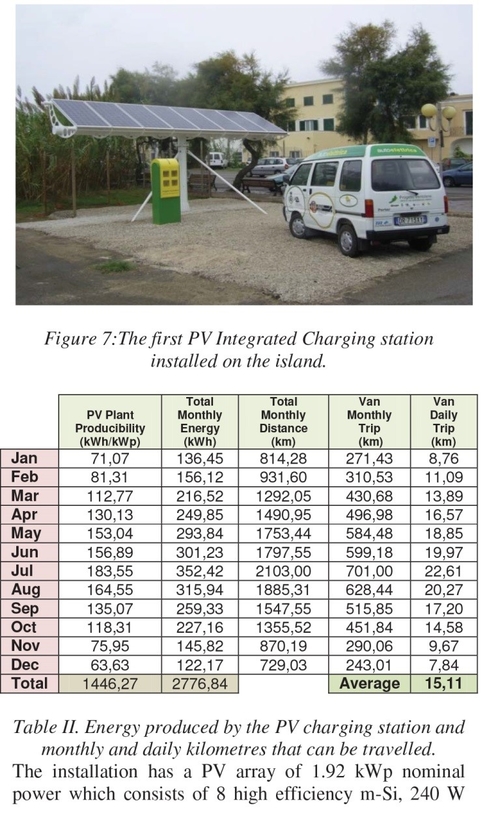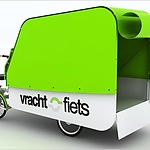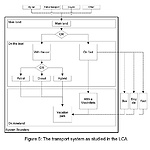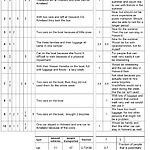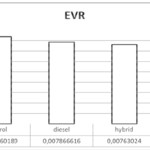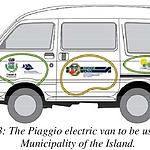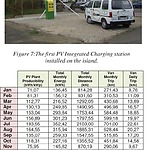The current situation of the transportation system within the area of interest proves that there is plenty of room for improvement, especially if the goal is a sustainable future. The interest rising, by the citizens of Texel (as indicated by the aforementioned facts for experimentation with multiple types of vehicles), towards the development of mobility in is a very positive parameter to be encountered during the planning of sustainable solutions. Except from the identification of the current situation it is also of a great importance to investigate what kind of solutions have been implemented in other similar cases. This action could help to observe how the implementation of plans (strategies, technologies etc.) have affected different locations in positives and negatives ways.
Research for the world’s view towards the mobility aspect shows that, the last decades, the need for change and development at this specific aspect is a worldwide phenomenon. Therefore looking into existing studies, platforms and applications, used for the development of other locations or experimental programs, that try to find supporters, can be very inspiring. Of course, every case is different, as different dynamics are expressed within different societies, relations, interrelations, common interests between the stakeholders or conflicts. However, the process of comparison can be very fruitful for the production of ideas that can potentially be integrated in Texel.
Setting the main objectives for a future vision
Before the presentation of the first findings, it is smart to set the main goals, with the aim of observing on which level these goals are achieved within these cases. Under the principles of sustainability and the environmental ethics, a smart mobility system should contribute in the improvement of these problems:
- Minimize carbon emissions
- Improve demand-side energy efficiency
- Improve the renewables
- Reduce the impact created on the natural landscape by mobility sector
- Create a healthy and pleasant transportation network both for the citizens and the tourists
‘Cradle to Cradle islands’ project
Firstly, the ‘Cradle to Cradle islands’ project that took place between the years 2009 and 2012 definitely worth’s to be mentioned. pressure on nature and resources by tourists, and declining populations. The focus is on the development of new and sustainable energy-related technologies and strategies, in line with the Cradle-to-Cradle philosophy (Braungart, 2007), on islands around the North Sea Region. It happened as a collaboration of 22 different partners out of 6 countries from the North Sea area (The Netherlands, united Kingdom, Germany, Denmark, Sweden and Norway). The problem to be solved was of the same kind. To explain this further, as the majority of the tourist families take their cars to the island (by ferry), since the hassle of carrying luggage is too much to use the public transport system (local busses), the number of cars on the island was highly increased. Therefore, a PSS had been designed for the tourists, to provide them with an alternative to transport themselves, their family and their luggage between the ferry and the holiday park without a car. This reduces the amount of cars on Ameland, saves tourists their money and creates a unique and fun experience.
For the production of an attractive system that would benefit both the locals and the tourists in many directions, it was important to answer questions like the following:
1. What are the activities of the tourists? How do they transport ? What modules of the Vrachtfiets concept should be developed? What are the requirements and wishes of these modules?
2. What are the benefits of a Vrachtfiets system relative to the current situation and the vehicles that are being used?
3. What are the financial implications?
The benefits of such a product are related to the development of the local economy and also to have social extents, transforming at the same time the mobility in the island in a sustainable version.
In the following diagram, the Transport system as studied in the LCA is presented.
Whether in the table of the next page, the results from a survey about the vehicles in use are presented. The situation in Texel could be very similar to this, keeping in mind that the infrastructures and the economy at the two places follow the same pattern.
All in all, to summarize the result of this project, the tourists indicated that: “It is an alternative for bringing their car to Ameland. Thereby it is greener, less expensive, much space is available and children like it.”
However, as a design it has to be developed, in order to fulfill the innovative sustainable design obligations. More specifically, lower eco-burden and a better perceived customer value should be achieved.
In the following table the VER results for the different kinds of vehicles are presented.
Source: Onno Sminia, Joost Vogtländer, Han Brezet, Sustainable Mobility for Tourists at the Dutch Coastal Islands (Waddeneilanden)
“Ventotene Zero Emission Island”
A different case is this of Ventotene, an island in Italy .The island of Ventotene is located in the Tyrrhenian Sea,and is part of the Pontine Islands, Italy (see Figure 2).The area of the island is 1.247 km2 with a maximum length of 2.7 km and a maximum width of about 800 m. The weather is typically Mediterranean, with high temperatures in the summer time and mild winters [8]. The island has about 700 permanent residents inhabitants. During summertime, this number increases up to about 2500 due to the fact that many tourists each year choose the island as the venue for their holidays, thus resulting in a considerable increase in energy and mobility needs. The island is not connected to the electric grid on the mainland, and electricity is locally produced by means of a diesel power plant, with a considerable impact on the environment (i.e. pollutant emissions, noise and oil transport) and high generation costs [9]. Due to this reason, the Municipality of Ventotene participated in a project named “Ventotene Zero Emission Island” and financed by the Municipality of Lazio Regional Government aimed at supporting the integration of RES as well as Sustainable Mobility actions on the island.
The island of Ventotene represents an ideal location to use and experiment EVs. The first activity was add seven 100% electric vans to Municipal fleet. These are commercial Porter Piaggios using a pure electric drive train which only consumes electric energy. The Van (see Figure 3) uses a 10.5 kW electric motor and uses 14 heavy-duty lead-acid battery packs (6V-180A) as sources of energy. Two on-board battery chargers (high-frequency with control microprocessors) make it possible to recharge the batteries in 8 hours (10A - 200/230V - 50Hz). The van can be used in two different driving mode and economic, and it can reach a maximum speed of 57/52 kmph according to the selected mode. Charging stations will be installed at selected sites on the island to create a small Intelligent Networked Charging Infrastructure for EVs.
The following table presents the Energy produced by the PV charging station and monthly and daily kilometres that can be travelled.
The main idea integrated in this project, that could be useful for Texel, is how to deal with the real problem, meaning the carbon footprint emissions created by cars, also by developing the electric cars concept further, incorporating PV Integrated Charging stations installed on the island and installing the Intelligent Networked Charging Infrastructure for EVs. Even if the number of cars can be decreased, still the environmental impact of them exists and has to be minimized.
(Source: F. Calenne, G. Fabbri, F. M. F. Mascioli, S. Valentini, Sustainable Mobility Models for the Island of Ventotene)
To close up, the most important thing is that the main focus and the incentives of the study plan are closely related to sustainability towards the environment and the people experiencing it. Nowadays, the Technology knowledge has moved so far that the possibilities created for the development of mobility are very broad, as passionate and inspired engineers all over the world are working on such ideas. Therefore, studying on the suggested ideas and if possible developing them is necessary in order to create sustainable development. Finally, the matter of acceptance of such ideas by societies and the citizens should be incorporated in the design planning.
